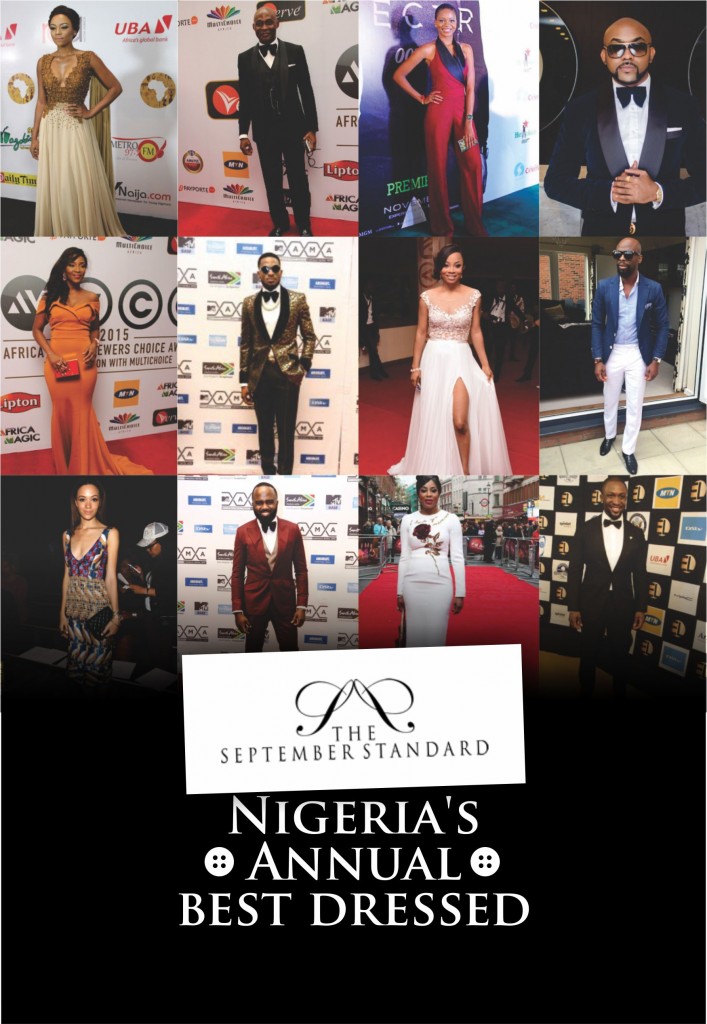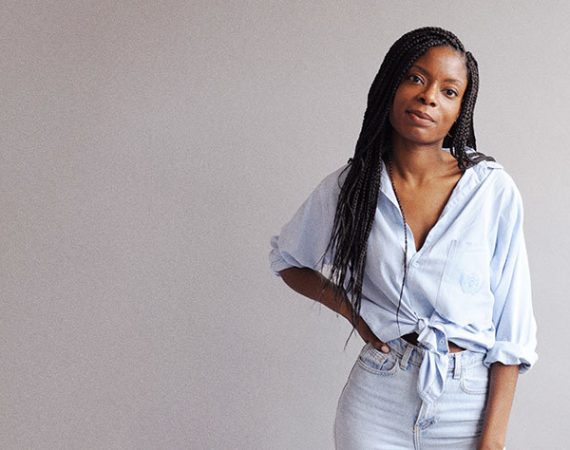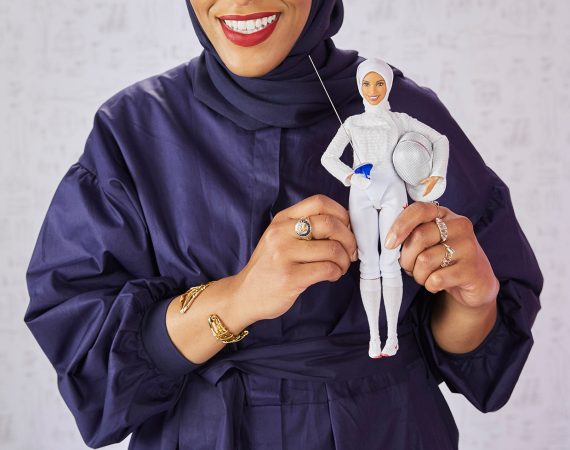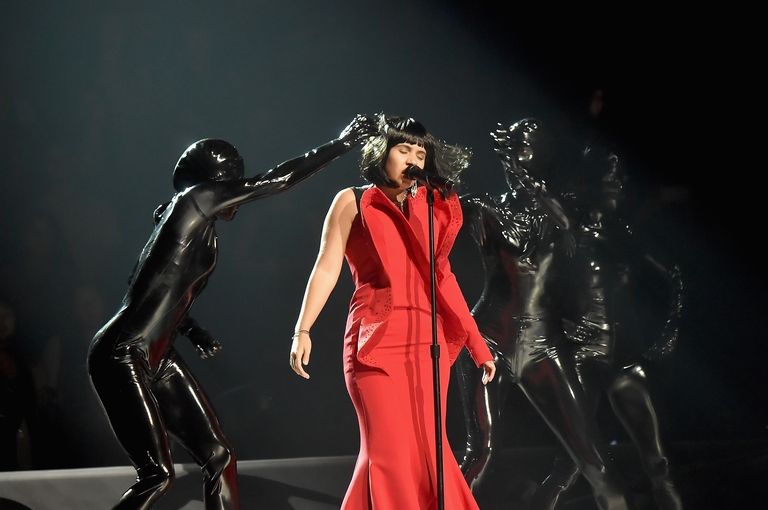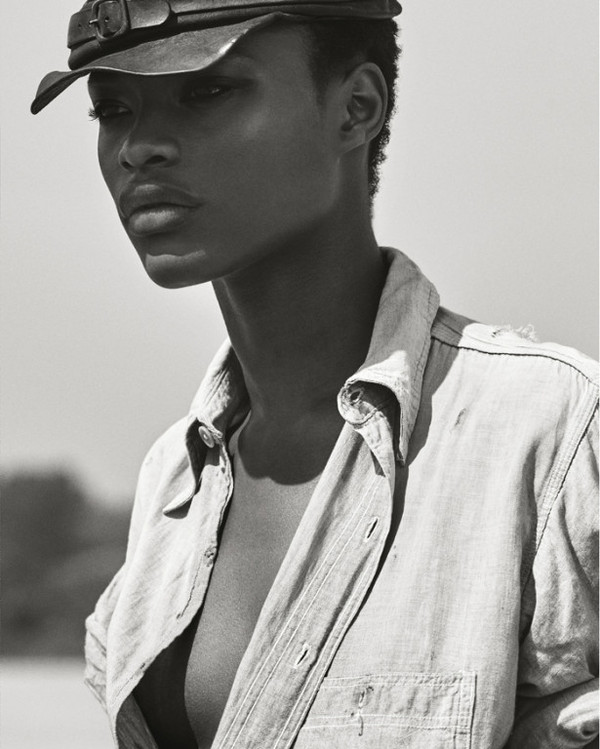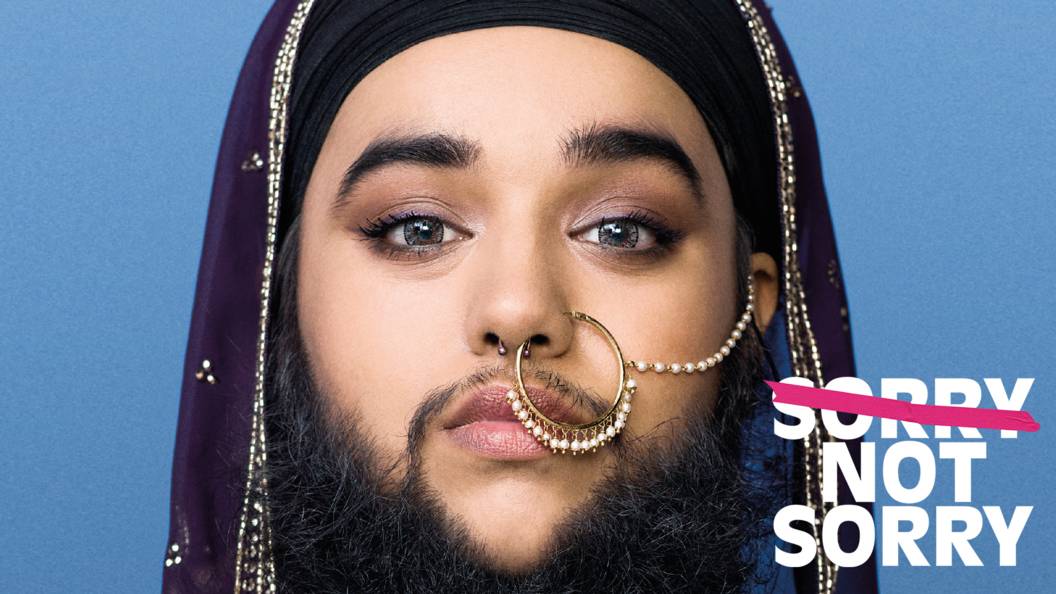Friday, 15, April 2015, the Heineken Lagos Fashion and Design Week kicked off it’s 2016 fashion calendar with an interactive Fashion Business Series, a series of interactive panels that features authorities in the fashion industry. This year, there was a panel dedicated exclusively to the business of menswear and its place in Nigerian fashion.
The LFDW panelists were designers Mai Atafo of the eponymous label Mai Atafo, Rodney Emeka of McMeka and Kenneth Ize of the eponymous label Kenneth Ize. The panel was chaired by Noble Igwe, founder of fashion website StyleVitae. Igwe is known and somewhat resented for his brand of ‘straight talk’ regarding the fashion industry and so everyone came popcorn at the ready for a showdown. And a showdown they got.
The panel started with a heated debate between Kenneth Ize, an internationally trained designer with an M.Sc in design and Mai Atafo who is self trained on the merits of design vs money. The debate got heated and words were exchanged. Atafo has never been bashful about the success of his label and spouted a lot of figures, (that we cannot corroborate as there are no internal audits of the label’s finances) and ascertained that the alleged success of his label can largely be attributed to the fact that he isn’t carried away by design. He said, and I paraphrase,
“Fashion design is not art and creativity, it is about money. If you want to make art, take it to a museum.”
This in particular rubbed my fur the wrong way. It felt ridiculous to hear one of the highest earning menswear designers suggest to a room full of potential buyers, journalists and designers, that creativity in fashion design is something that is archaic and belongs in a museum.
It is ridiculous for several reasons.
First off, just last year Alber Elbaz, the then creative director of French fashion house, Lanvin organized an exhibition at the Musee de la Mode in Paris in celebration of the House’s century long archive of fashion. Clothes from the early 20th century were put on display in an exhibition that attracted thousands of tourists and fashion die-hards who wanted to partake of the history of the house. This is just one of many, many fashion exhibitions that have celebrated and explored the artistic value of fashion across the world.
That’s right, people are paying money to consume fashion as art, to merely look at and not own it. People pay to sit at the LFDW tents each year to look at clothes they may never wear. That means something.
Second, it suggests that there is a widespread misinformation of what it means to own and run a design label. Words mean things, and the ‘design’ in this context, means that actual work must be put into a collection to bring an abstract concept or an alluded reference to life through clothes.
It is quite possible to be a fashion brand without being a design label. For far too long, and especially in Nigeria, these words have been conflated.
Clothing without artistic value is not design.
Eve and Tribe is a Nigerian fashion brand that doesn’t wish to be a designer label, or fancies itself to be one. Of course it hires designers and tailors, much like the majority of Nigeria’s producing fashion labels do (in the absence of even the most rudimentary manufacturing infrastructure,) and creates original designs. But it doesn’t choose to call itself a design label. Because it’s primary function is to provide clothes and make a profit. They are a great example of what it means to respect the place of design in fashion, and choose to follow another path, and still have a successful brand.
Creative design labels exist to advance fashion. It is that simple.
Coco Chanel rescued women from the restrictive corset. Diane Von Faustenberg gave them the wrap dress that flattered, no matter what dress size they wore. Yves Saint Laurent gave women the Le’ Smoking Jacket and made it possible for them to subsume menswear inspired pieces into the women’s wear canon and Alexander McQueen gave us androgyny. Hussein Chalayan created fashion for women that transformed even while they walked, he created the clothes they’d only read about in sci-fi novels.
Even Hedi Slimane at Saint Laurent Paris brought back the skinny jean trend and opened a hither-to forbidden channel of self-expression for millenial men. His influence was so powerful, Karl Lagerfeld, one of the most powerful men in fashion dropped 25kg just so he could fit into Slimane’s clothes for Laurent Paris.
Fashion is art, and liberation and expression; and artistic fashion in the hands of the right designer is also functional, the same way that a tweed three piece suit in a tropical climate is not.
Photocredit: @blankhutmedia

